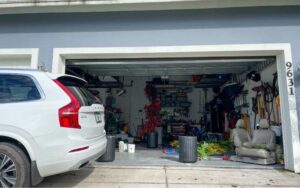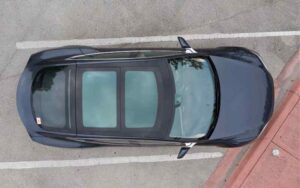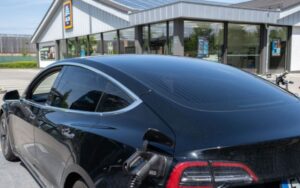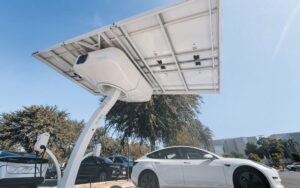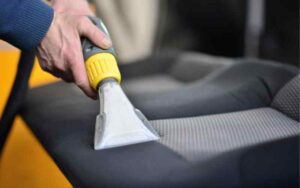Tesla Model S Glass Roof Heat: All You Need To Know
Last updated on April 18th, 2023 at 11:17 pm
There is a misconception that glass roof shields heat better than metallic roofs.
Unfortunately, as much as it seems correct, it is only correct to a certain degree, as the case is not always so.
Over and again, there are complaints about Tesla car models with an open-design glass roof. Among the few brands is the Tesla Model S, which has a glass roof.
Like every other Tesla Model with an open glass roof design, the Tesla Model S gets hot. So the heat you experience in the car on a sunny day points to the fact that the glass roof is hot. However, to some degree, the Tesla Model S has a glass roof that is energy-efficient compared to other models.
Once again, as much as glass roofs usually come with a considerable amount of heat rejection innovation, there’s a limit to it.
This article contains all you need to know about the Tesla Model S extended glass roof heat capacity.
Does The Tesla Model S Glass Roof Get Hot?
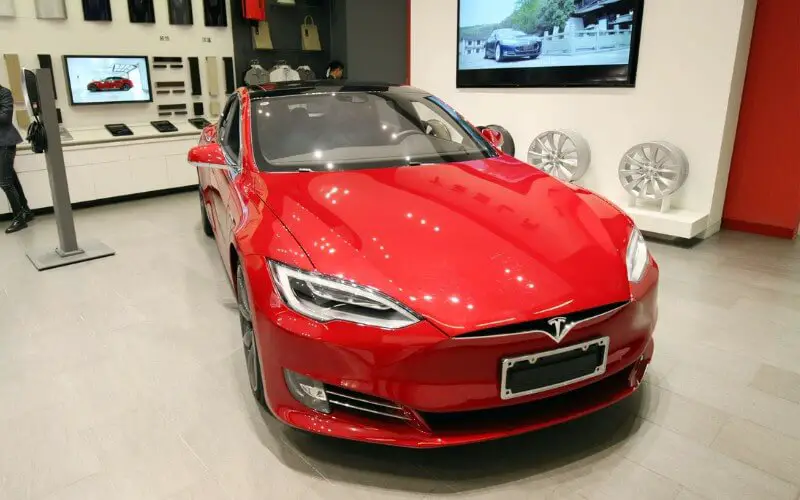
The Tesla Model S glass roof does get hot, concerning the degree of hotness outside the vehicle.
So yes, the Tesla Model S gets hot as the outside environment gets hotter. The glass roof will undoubtedly get hot if the environment is hot enough.
The hotness of the Tesla Model S glass roof is most evident at 220+ degrees Fahrenheit.
The subject matter of the greenhouse effect also suggests that the Model S glass roof does get heat.
Plus, while the Tesla Model S glass roof can reflect UV rays, it absorbs UVB, which is heat. So, UVB absorption is another scientific reason for the glass roof getting hot.
The factory-fitted tint on the Model S glass roof reduces the heat, but only to a certain degree.
Since the Tesla Model S is energy-efficient with the heat rejection innovation, it also fails. They all function well but will always only work to a certain degree.
In the long run, you will likely notice some tan on your skin, specifically your neck and shoulder.
Skin aging is another potential risk with an open-design extended glass roof.
The above only is a pointer that the glass roof gets hot and, in fact, transfers through the glass roof.
However, as glass is a poor conductor, the glass quickly and rapidly loses heat. For this reason, the glass roof doesn’t get hot, as one would suggest.
Hence, the conclusion remains that the Tesla Model S glass roof does get hot.
How Hot Does It Get Under a Model S Glass?
There is no saying the exact degree that a Tesla Model S glass roof would get. It all boils down to the degree of the hotness of the weather climate surrounding the vehicle.
So, let’s put it this way, the hotter the climate surrounding the vehicle, the hotter the glass roof.
Remember that heat flows through the vibrating molecules of the material. So, the hotter the climate, the hotter the glass roof of the Model S glass.
The heat in the glass will certainly drop into the vehicle, thereby making the vehicle hot.
Therefore, how hot it will get under the Model S glass is to the degree of hotness of the sunlight.
It will undoubtedly become unbearable, especially when the vehicle’s air conditioning isn’t running.
Under such a condition, the greenhouse effect becomes more and more significant. The case is so when the car is left outside under the sun for an extended period.
In conclusion, the Tesla Model S can get as hot as the definition of uncomfortable. In a scorching climate, the case is unbearable for everybody inside the vehicle.
However, the interior of the Tesla Model S will remain comfortable so long as the AC is running.
However, in a contrary case, be sure that the temp of the car will undoubtedly begin to rise.
In a sweltering climate like the desert places of El Paso, Texas, the heat is so intense that the AC feels useless.
So, the Model S glass will get hot to the degree of the hotness of the surrounding.
Does The Tesla Model S Glass Roof Have Heat Rejection?
Indeed, every Tesla model with a glass roof has some degree of heat rejection. The Tesla Model S is not an exception in any case.
Heat rejection innovation makes for the variance in how well a glass roof retains and reflects heat.
It is also why some Tesla glass roofs are more energy-efficient than others.
The reason why the Tesla Model S does not admit much heat from the sun is simply because of the heat rejection technology.
Also, with the heat rejection of the glass roof, you are sure to receive protection from the damaging heat. Therefore, it would be best if you had the sunshade for the Model S.
So, aside from the tinting of the Model S glass roof, the extended glass roof also has an exceptional coating innovation.
The coating innovation of the Tesla glass roofs makes up for heat rejection.
This way, you’ve got double protection from UV and long-wavelength infrared rays from the sun.
It will amaze you that the heat rejection innovation in the Tesla model does not only work during summer.
Amazingly, the heat rejection innovation finds great use even during winter.
Haven’t you sat down to wonder how Tesla’s glass roof vehicle maintains heat during winter?
The heat rejection innovation is the secret. So, on one face, the heat rejection innovation shields the vehicle from sunlight.
This way, the radiation from the sun cannot get through the glass roof.
On the other side, the heat rejection technology absorbs the heat from the vehicle, keeping the inside warm during winter.
Do You Need a Sunshade For Model S Glass Roof?
Yes, it would be best if you had a sunshade for the Tesla Model S glass roof. The use of the sunshade goes beyond just serving as a shield from sun rays.
Plus, additional protection is no harm at all. Yes, there are features within the vehicle that help in keeping the glass roof and the interior conducive.
But you’ve got nothing to lose with the Tesla Model S sunshade. The sunshade goes as far as grossly reducing the sun glares that come through the glass roof.
This way, your eyes no longer suffer from the sudden sunlight flashes while driving.
Sunshade helps in preventing heat from passing through the glass roof to the interior car cabin.
So far, the use of a sunshade is the best external option when it comes to maintaining the desired temp.
In every case, the Tesla Model S glass roof sunshade comes handy. Plus, you will be more comfortable with the additional external assist (sunshade).
The sunshade doubles to cool the interior and the glass roof of vehicles, especially when the Vehicle’s AC is running. However, to every good thing, there is an equally lousy side.
The table below contains several pros and cons of the sunshade of the Tesla Model S glass roof.
| Pros | Cons |
|---|---|
| It comes with superior material quality and a metalized outer frame. | It is pretty expensive with the material quality. |
| It is lightweight and more durable. | Costume-designed to fit only the Model S. |
| The Sunshade cover is easily removable, adjustable, and foldable. | It requires manual installation and removal. |

Hey, I’m Michael Davis, a 35-year-old with a degree and a love for cars and tech. Since I was a kid, cars have been my thing—so much that I even thought they ran on magic beans! Fast forward, and I’ve built Vehicle Army, your one-stop-shop for easy-to-understand car facts.

